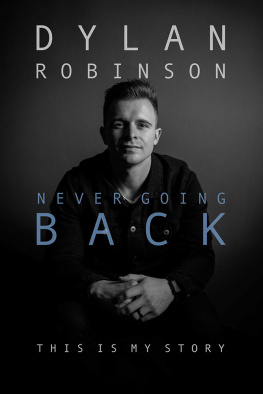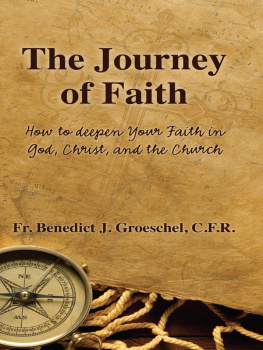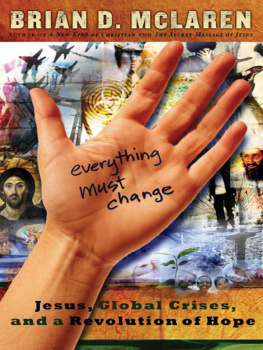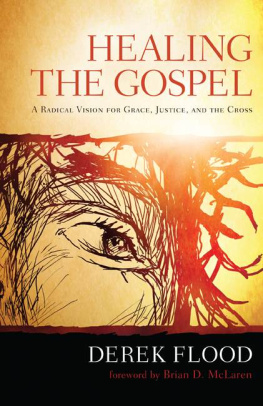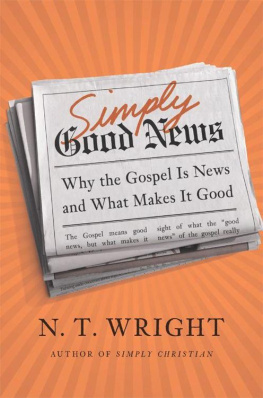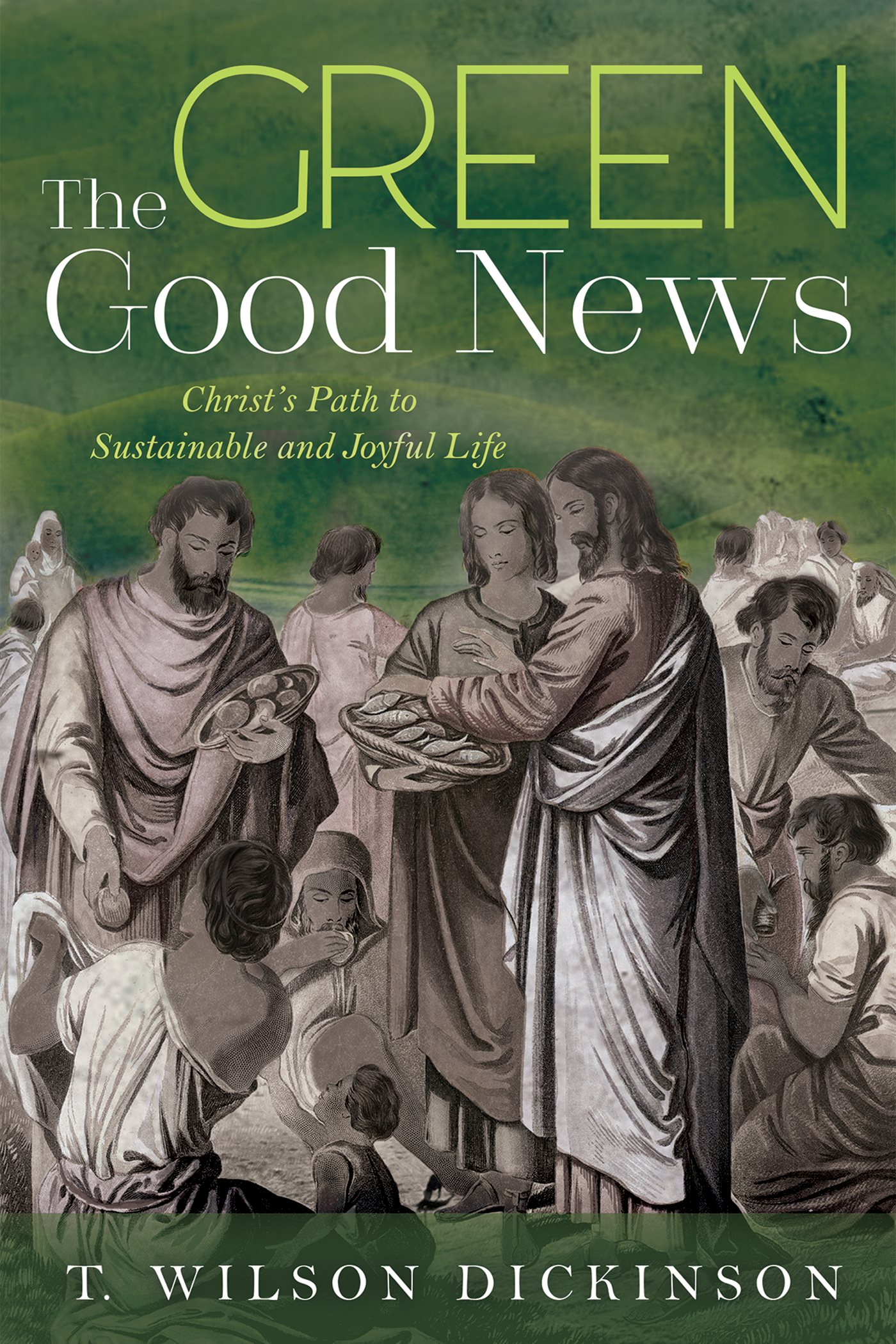To my mother, Suetta, for her unfailing love and encouragement, and to my son Teddy, for his abundant joy.
Preface
G ood news can be hard to find. Every day we are bombarded with horrors from around the world. The headlines speak of gun violence, deep political and cultural divides, floods, wildfires, and the abuse of power from politicians, business leaders, and even clergy. This daily deluge is so overwhelming that it can be difficult to find our footing long enough to even think about, much less address, the underlying problems. It is easy to miss how often these catastrophes find their source and are intensified by the historical plagues of racism, patriarchy, poverty, and militarism. And if these problems from our past that grip our present were not enough, the growing ecological crisis and emerging reality of climate change threaten to bring about a future that is much more difficult. As sea levels rise, weather patterns become more erratic, deserts expand, ecosystems collapse, and fragile balances on this planet are pushed off kilter, the news could become much worse. In fact, it already has.
The buried headline of the ecological crisis is the good news that this interconnected web of problems has a beautiful and joyful set of responses. It is possible that climate change could ultimately threaten the corporatized, consumerist, individualistic orders that are striving to colonize the entire planet. The privileged way of life that dwells in the suburbs and high-rises is unsustainable and inequitable. It would take more than five earths for everyone on the planet to consume as much as the average person in the USA. But is the average privileged consumer even finding an abundance of joy, love, peace, and faithfulness in their lives? The possibility remains open in the unwritten news of the future that what we have to lose are our overfull work weeks, our isolated and compartmentalized daily lives, our unhealthy food systems, our rented storage containers, our long commutes, the constant barrage of assessment, our futile striving for happiness in prideful success or selfish accumulation. The good news is that it is only by losing these lives that we may save our lives.
Jesus Christ guides us on a path of love that calls beyond our gated safe-houses into the space of risky but joyful community. We are not called to cast off our own chains and find a separate peace, but to work for the biblical vision of peace and justice. This is not a feeling that one could ever experience alone. It only emerges from a right relationship between our neighbors, God, and the land. We will save our lives and find lives of joy by giving them to others, by seeking to cultivate habitats where everyone and everything thrives.
The savior that offers us this hope may sound a bit different from the one that is preached about in many churches or that is vaguely known in mainstream culture. Yet, this message begins to leap from the pages of Scripture once we situate Jesus life, ministry, death, and resurrection within the context of the Roman Empire. Jesus was a peasant who resisted the inequitable and destructive structures of the Empire that desecrated the land and left many in subjugation and poverty. Christ responded to this injustice with an inspiring vision and transformative practices. Fleshing out these contexts of resistance to empire and the renewal of communities built on radical justice opens up constructive connections between the Scriptures and our own lives.
In the Gospels Christ provides us with a vision (which we will explore in Part ) and a set of social experiments, spiritual practices, and forms of relationship (which are charted in Part ) that could guide us in our work for justice and sustainability. We can see this more clearly if we come to understand that the cross of Christ marks a path of nonviolent self-giving love. This path leads us beyond a vision of environmentalism as a special interest and enables us to see how the ecological crisis demands that we change our way of life (examined in chapter ). The risen Christ is not a figure that escapes the earth, but, in the Scriptures, he is mistaken for a gardener. His purpose is to restore the goodness of creation and the human vocation to serve and preserve earthly life. Following Christ into actual gardens can help us find a starting point and a communal space to initiate this renewal (chapter ). Christ implemented forms of organization and alternative economies in which people found abundance where others had only seen scarcity. The efforts of contemporary food movements offer avenues for similar forms of organization (chapter ). Christ taught in parables that laid bare the cruelty, violence, and exploitation that hide behind the ruses of politeness and the gilding of status. We too must teach in ways that touch the imagination and speak to everyday life if we are to cultivate social change (chapter ). Christ went to those who were broken and isolated by the social and political forces of the Empire and helped them find healing. Likewise, we are called to examine the rhythms of work and consumption that often damage our lives, so that we can mend our fractured communities and find wholeness (chapter ). Christ brought together new communities through banquets and parties that tore apart social hierarchies and fostered a radical change in life, values, and relationships. Similarly, in our own houses we can begin to incarnate transformative meals (chapter ). Christ modeled a life of prayer that sustains body and spirit for the labors of love and resistance, and we can begin to pray as he taught us, taking seriously that our hopes are set on earth , as it is in heaven (chapter ).
To see this good news, we will have to find healing from our ignorance and numbness to the suffering of the earth. We have closed ourselves off for good reason. Without a vision in which we can hope or tangible actions and life-giving relationships that animate us, despair seems inevitable. The good news of Christ provides us with hope and a path.
This path leads in the opposite direction of the striving after success and status that dominates our world. The very use of the term good news, a translation of the Greek term euangelion (which is also often rendered as gospel), points to this signpost marking diverging roads. In its common usage in the first-century Roman world, good news ( euangelion ) referred to public declarations of the good works of the Empire. Gospels were posted or proclaimed in public places as propaganda pieces that spoke of a military victory or of an abundant harvest (for which imperial officials wanted to take credit). The good news of the Empire whitewashed what I take to be its definitive characteristic: massive political, economic, and militaristic structures that protect the interests and lifestyles of the elite by extracting wealth from the labor of the poor and the fertility of the land.
Jesus public declarations of good news, by contrast, did not celebrate the power of the Empire, but announced the world-transforming power of self-giving love. The gospels of the Roman Empire were like our advertisements about the power of wealth to make you successful, sexy, happy, secure, and admired. Jesus, who was executed by the Empire, stained its glossy airbrushed images with the frightening reality of how empires really function. But the good news was that the Empire and its violence did not have the final word. Instead, all of creation was finding reconciliation.


